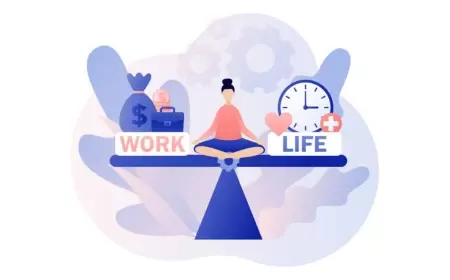A Comprehensive Guide to Reducing Your Home Loan Interest Rate
Discover effective strategies to reduce your home loan interest rate and save thousands. From improving credit scores to refinancing options, this comprehensive guide provides step-by-step advice for securing a lower interest rate on your mortgage.

Purchasing a home is a significant financial commitment, and finding ways to reduce your home loan interest rate can result in substantial savings over time. In this guide, we will explore a range of strategies that can help you secure a lower interest rate on your home loan. By following these steps, you can potentially save thousands of dollars throughout the life of your mortgage.
Step 1: Assess and Improve Your Credit Score
Your credit score plays a vital role in determining the interest rate you receive on your home loan. Start by obtaining a copy of your credit report from a reputable credit bureau. Review it for any errors or discrepancies and take steps to rectify them promptly. Next, focus on improving your credit score by:
a. Paying bills on time: Late payments can negatively impact your credit score. Ensure that you pay all your bills by their due dates.
b. Reducing debt: Lowering your overall debt will improve your debt-to-income ratio, making you a more attractive borrower.
c. Managing credit utilization: Aim to keep your credit card balances below 30% of their limits. High credit utilization can lower your credit score.
Step 2: Shop Around and Compare Lenders
Don't settle for the first lender you come across. Different lenders offer varying interest rates and loan terms. Take the time to shop around and compare multiple lenders, including banks, credit unions, and mortgage brokers. Obtain loan quotes and carefully analyze the terms and conditions offered. This allows you to negotiate effectively and secure the best interest rate possible.
Step 3: Consider Refinancing
If interest rates have decreased since you initially obtained your home loan, refinancing could be a viable option. Refinancing involves replacing your current loan with a new one that offers a lower interest rate. To determine if refinancing is beneficial, consider the following factors:
a. Current interest rates: Research prevailing interest rates and compare them to your existing rate.
b. Closing costs: Assess the closing costs associated with refinancing. Ensure that the potential interest savings outweigh these expenses.
c. Loan duration: Decide if you prefer to maintain your current loan term or shorten it to pay off the mortgage faster.
Step 4: Increase Your Down Payment
A larger down payment can significantly impact your interest rate. By putting more money down, you reduce the lender's risk, making you a more attractive borrower. Save diligently to increase your down payment and potentially secure a lower interest rate on your home loan.
Step 5: Evaluate Paying Points
Paying points upfront can lower your interest rate. One point typically costs 1% of the loan amount and can decrease your interest rate by a certain percentage. Calculate the breakeven point to determine if paying points is financially advantageous for you in the long run. Consider factors such as how long you plan to stay in the home and the overall interest savings.
Step 6: Consider a Shorter Loan Term
Shorter loan terms, such as 15-year mortgages, often come with lower interest rates compared to longer terms. While this results in higher monthly payments, it can save you a substantial amount on interest over the life of the loan. Assess your financial situation and determine if you can comfortably afford the higher payments associated with a shorter loan term.
Step 7: Improve Your Debt-to-Income Ratio
Lenders assess your debt-to-income ratio when evaluating your loan application. By reducing your overall debt and increasing your income, you can improve this ratio and potentially qualify for a lower interest rate. Focus on paying off existing debts, increasing your income through career advancements or additional sources, and minimizing new debt obligations.
Step 8: Explore Automatic Payment or Relationship Discounts
Some lenders offer interest rate discounts for borrowers who set up automatic mortgage payments or have a pre-existing banking relationship with them. Inquire with your lender about such discounts to potentially secure a lower interest rate.
Conclusion:
Reducing your home loan interest rate requires careful planning and consideration of various factors. By following the steps outlined in this guide, including improving your credit score, shopping around for lenders, considering refinancing, increasing your down payment, evaluating points, opting for a shorter loan term, improving your debt-to-income ratio, and exploring discounts, you can position yourself to secure a lower interest rate on your home loan. Remember to consult with financial professionals to ensure you make informed decisions tailored to your unique financial circumstances. By taking proactive steps, you can save significantly over the life of your mortgage and achieve greater financial stability.
What's Your Reaction?
 Like
1
Like
1
 Dislike
0
Dislike
0
 Love
0
Love
0
 Funny
0
Funny
0
 Angry
0
Angry
0
 Sad
0
Sad
0
 Wow
0
Wow
0


































































































































































